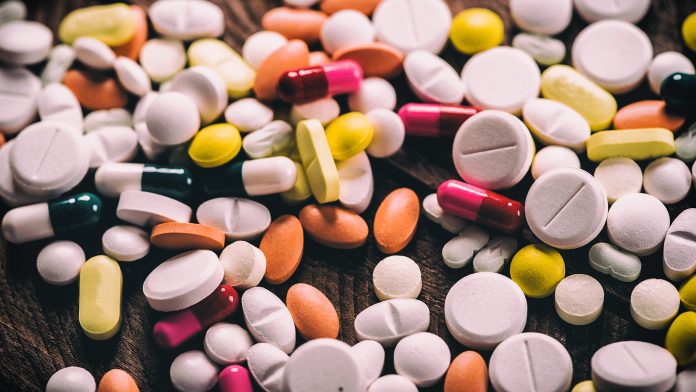
Researchers from MedUni Vienna have identified the mechanisms behind the unwanted effects of psychostimulants, which are used to treat neuropsychiatric disorders.
Psychostimulants interact with dopamine transporters and are typically used in treating neuropsychiatric disorders, such as ADHD or depression. Psychostimulants are also commonly found on the illicit drug market.
The MedUni Vienna researchers wanted to understand the mechanisms behind psychostimulants to better understand their undesirable effects. Their findings suggested that the respective binding time of psychostimulants to the dopamine transporter may explain the negative effects.
This study. titled ‘Psychostimulants: Cause of differences in duration and intensity of effect explored‘ has just been published in the journal Proceedings of the National Academy of Sciences.
Assessing medical and recreational psychostimulants
The researchers conducted a series of in-vitro and in-vivo studies in combination with computer simulations. The team examined the pharmacological effects of various psychostimulants used in medicine, as well as those associated with drug abuse. The researchers were specifically interested in psychostimulants that interact with dopamine transporters.
Dopamine transporters are the proteins responsible for the re-uptake of the neurotransmitter dopamine. The dopamine neurotransmitter transports signals between nerve cells; this controls emotional, mental, and motor reactions in the brain.
Dopamine, sometimes referred to as the ‘feel good hormone’, creates the feeling of happiness. Neuro-psychiatric conditions can occur if too much or too little dopamine is produced. These conditions can be induced both by medication and abuse of psychostimulants. It is well known that dopamine transporters and dopamine levels play a key role in developing substance-use disorders.
The team analysed inter alia substances, such as α-Pyrrolidinovalerophenon (also known as Flakka) and 3,4-methylenedioxypyrovalerone (also known as MDPV or Cloud9), as well as cocaine. They also assessed methylphenidate, which is commonly used to treat ADHD.
The effect of binding on dopamine production
“In our cell culture models, some of these substances showed a pronounced persistent effect which we could see in the in-vivo mouse models. According to our research, it is the duration of binding to the dopamine transporter that makes the difference here,” said the study leader, Harald Sitte.
“Our results allow the conclusion that the substances we researched interact with the dopamine transporter to different degrees and for varying lengths of time”, explained the first author, Marco Niello, from MedUni Vienna’s Centre for Physiology and Pharmacology.
“This, in turn, forms the molecular background for the differences in duration and intensity of the effects of various psychostimulants,” added Sitte.
The researchers were keen to highlight the medical and social relevance of the study.
“The findings from our research will enable us to make better predictions in future about the mode of action and undesired effects of new and unexplored street drugs and thus contribute to a more sustainable protection of the population. In addition, our study results can form the basis for further research to improve the therapeutic application of psychostimulants,” said Sitte.

























